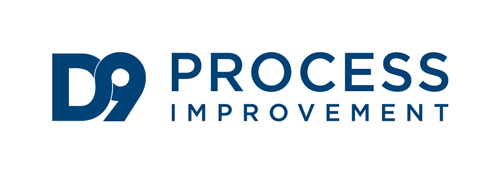Lean Manufacturing Adopts Gen Y Communications
Generation Y lean manufacturing engineers—those born in the years 1985 to 2004—will have much on their plates as they advance in their careers:
- Establishing new standards for robust and repeatable processes that impact training, zero defects and continuous improvement;
- Selecting, implementing and maintaining efficient equipment and procedures;
- Mentoring lower level engineers;
- Reporting to management; and
- Applying statistical methods to establish future manufacturing requirements.
The common denominator is communications.
“Generation Y is flooding the workplace and will supply U.S. manufacturers with the best, brightest and most computer savvy labor in history,” says Ken Grobach, KGC Direct, LLC, Haddam, Conn. Grobach is the author of The Age Curve, How to Profit from the Coming Demographic Storm. “Generation Y will turn lean manufacturing on its cyber ear and change everything. Look for efficiencies, cost savings, innovations and breakthroughs that will recreate industry.”
Like any major unfolding business story, there are two trends at work: the evolution of our workforce and the development of new tools and technologies. Let’s first take a closer look at Generation Y.
The How of Gen Y
This generation grew up with collaborative tools, technologies and teams. Working across cultural, physical and demographic borders is natural to them.
“In 50 years, the workplace will be even more collaborative than it is today,” predicts Tom Fabrizio, Lean Manufacturing Tools, Portland, Oregon.
Setting the stage for these new players in the lean manufacturing theater are rapidly changing tools and technologies.
New mobile industrial labeling systems support 5S visual communications and help individuals adhere to lean manufacturing standards. Visual controls alter and control behavior and contribute toward a more intuitive workplace.
“Tools that easily define what we’re supposed to do are all a part of 22nd century thinking,” explains Fabrizio.
“The most important cultural issue is working together and sharing information in real time,” adds Dakhia Toufik, senior Lean Six Sigma consultant, HTTS SA Luxembourg. “Touch screen and white board technologies will have a big impact on lean growth because visual management is needed in lean implementation. I believe this will be impactful on lean service, manufacturing and healthcare.”
